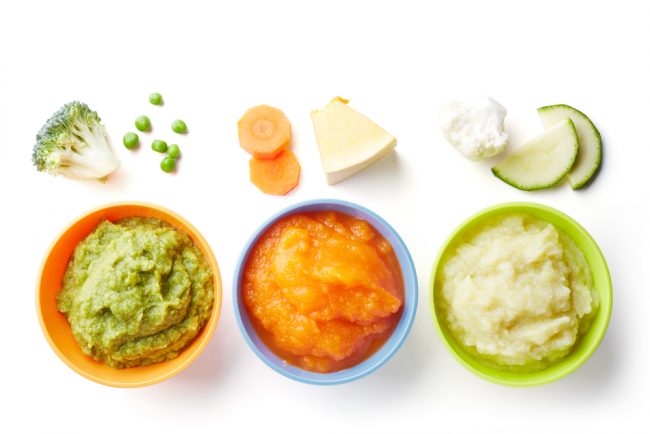
People who have dysphagia, or difficulty swallowing, will often require some adjustments to be made to their diet in order to enable them to swallow safely, get the right amount of nutrition, and reduce the risk of choking. This is known as a dysphagia diet and adopting it might be necessary to avoid complications such as aspiration, which is when food particles or liquids are inhaled rather than swallowed. When swallowing is not working correctly, aspiration can lead to issues like pneumonia. Not all diets designed for dysphagia are the same – there are various diet levels for people with this condition, which vary based on medical recommendations. Read on to find out more.
Pureed – Level One
Level one is the most restrictive type of dysphagia diet and is usually recommended for people who find it almost impossible to swallow. With this diet, all foods should be blended or pureed to avoid the risk of choking. Products like this SimplyThick thickener gel may also be added to liquids to make them easier to swallow and avoid the risk of aspiration. Some foods that might be included on this diet include smoothies, smooth broths and soups, pureed or blended casseroles, pureed soft cereals and oatmeal, hummus, and pudding.
Mechanical Soft – Level Two
The next level of dysphagia diet is the mechanical soft diet, which offers a little more leeway as not all foods need to be pureed. However, with this diet, it is best to stick with soft foods or foods that have been mashed or overcooked a little to soften them. Some common foods that might be included on this level of dysphagia diet include mashed potatoes or mashed root vegetables like squash, vegetables that have been well-cooked, scrambled eggs, omelet, pate, soft buns, pancakes, boiled or canned fruits, and meatloaf or casserole with no chunks.
Advanced – Level Three
The advanced level dysphagia diet allows for some solid food; however, the foods should not be tough or hard. As a general rule of thumb, foods served on this type of diet should not require a knife to eat. It should include softer foods that are easy to swallow including well-cooked pasta, ripe fruit cut into smaller bite-size piece, boneless fish, meat and chicken cut into small pieces, cereal or oatmeal with milk or yogurt, baked potatoes, casseroles without large chunks of meat, and breads served in small portions.
Tips for Preparing Food for Dysphagia Diet
Somebody with dysphagia will require food that is smooth and thick enough to be swallowed easily. It is essential to make sure that food is blended, pureed, or mashed enough to reduce the risk of choking. Avoid foods that have crusty, crunchy, or flaky textures, or foods that include seeds, nuts, raisins, olives, and other small pieces. Vegetables and fruits should be thoroughly cooked, and skins should be removed where necessary. Any cooked meats should have skin removed, be chopped finely, and moistened with sauces. If you are not sure if something you have prepared is soft enough, blend it just in case.
Diets for dysphagia can differ depending on the needs of the person with the condition. For the most part, food should be soft, smooth, and easy to swallow.
